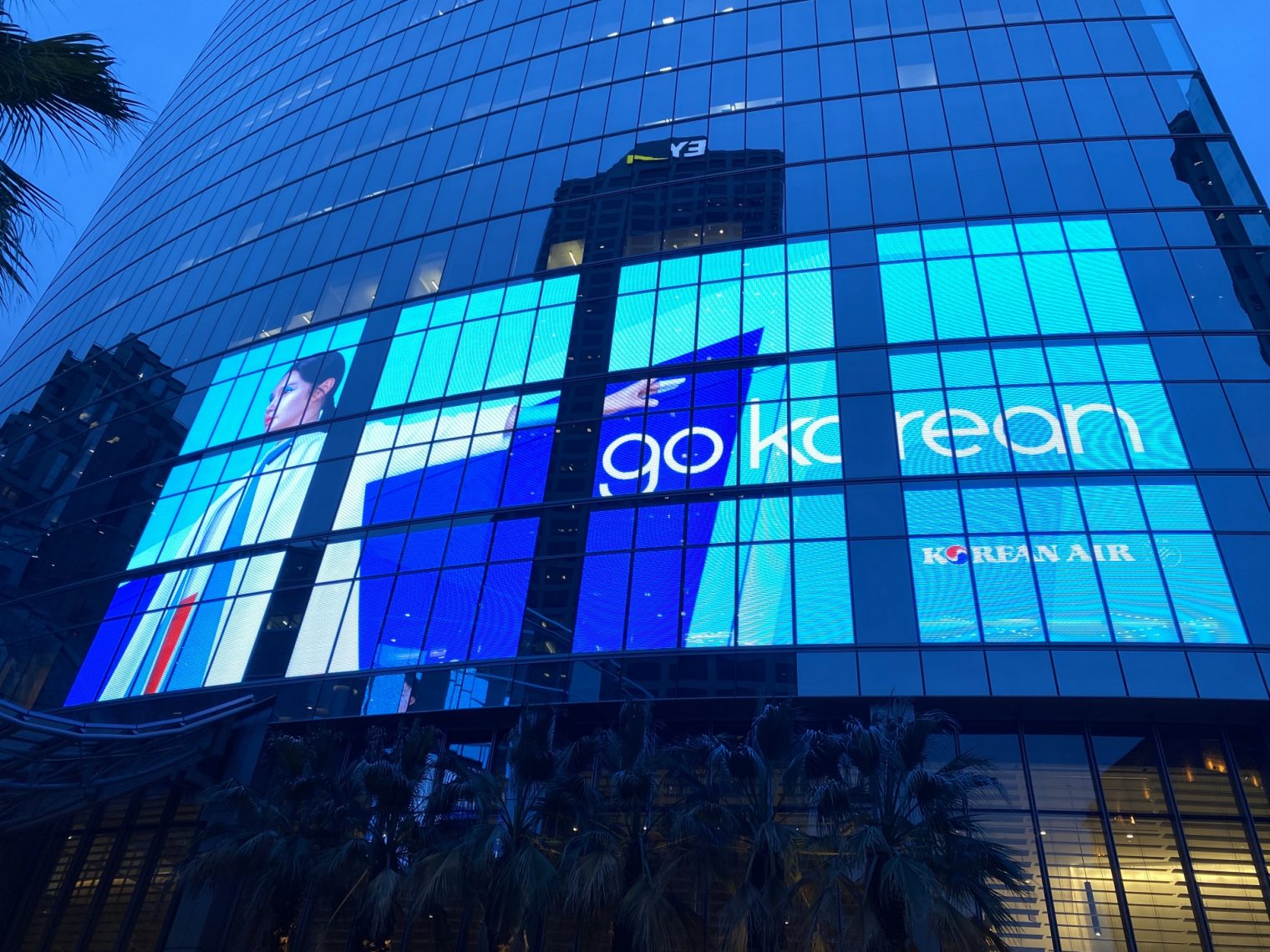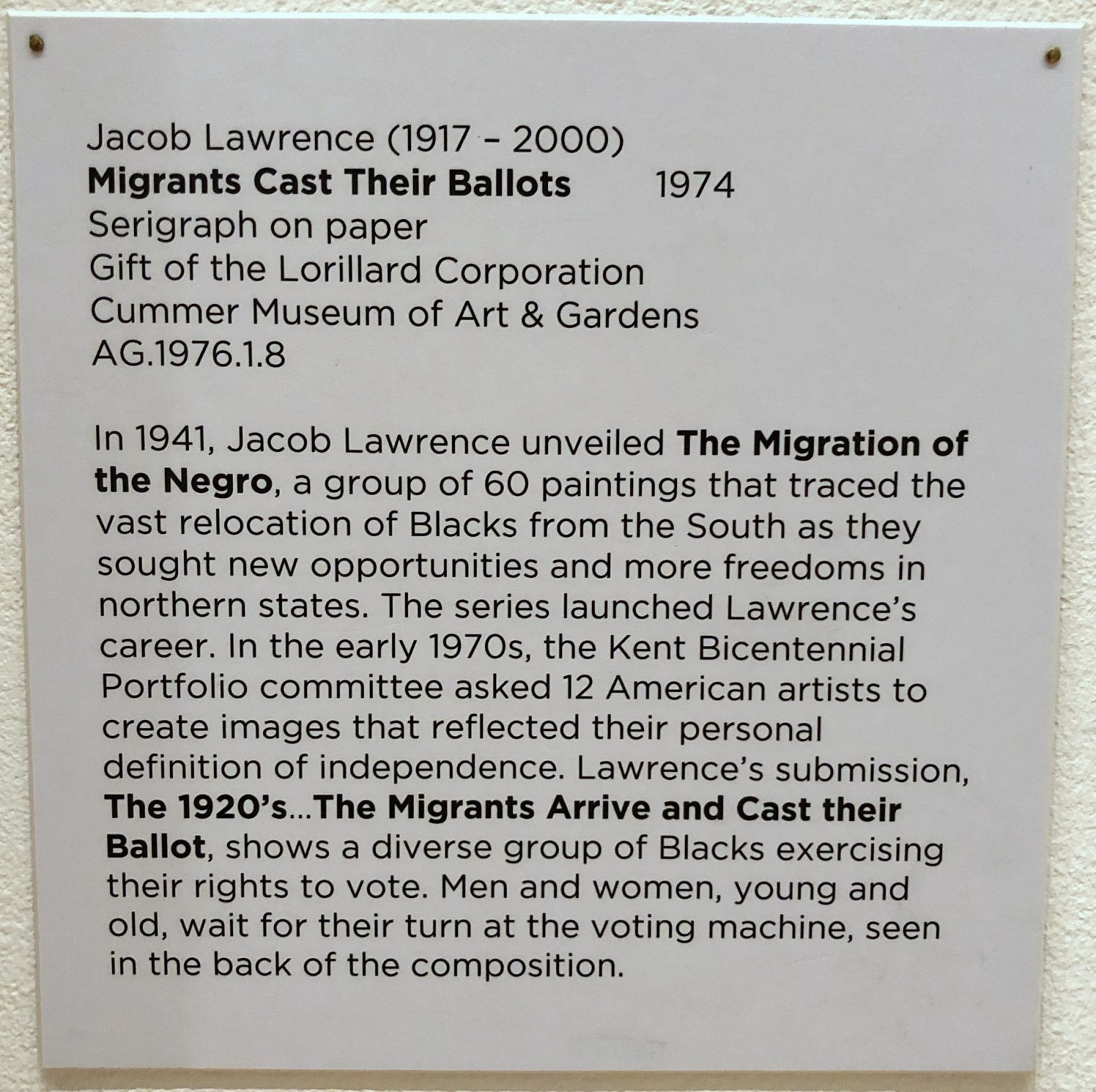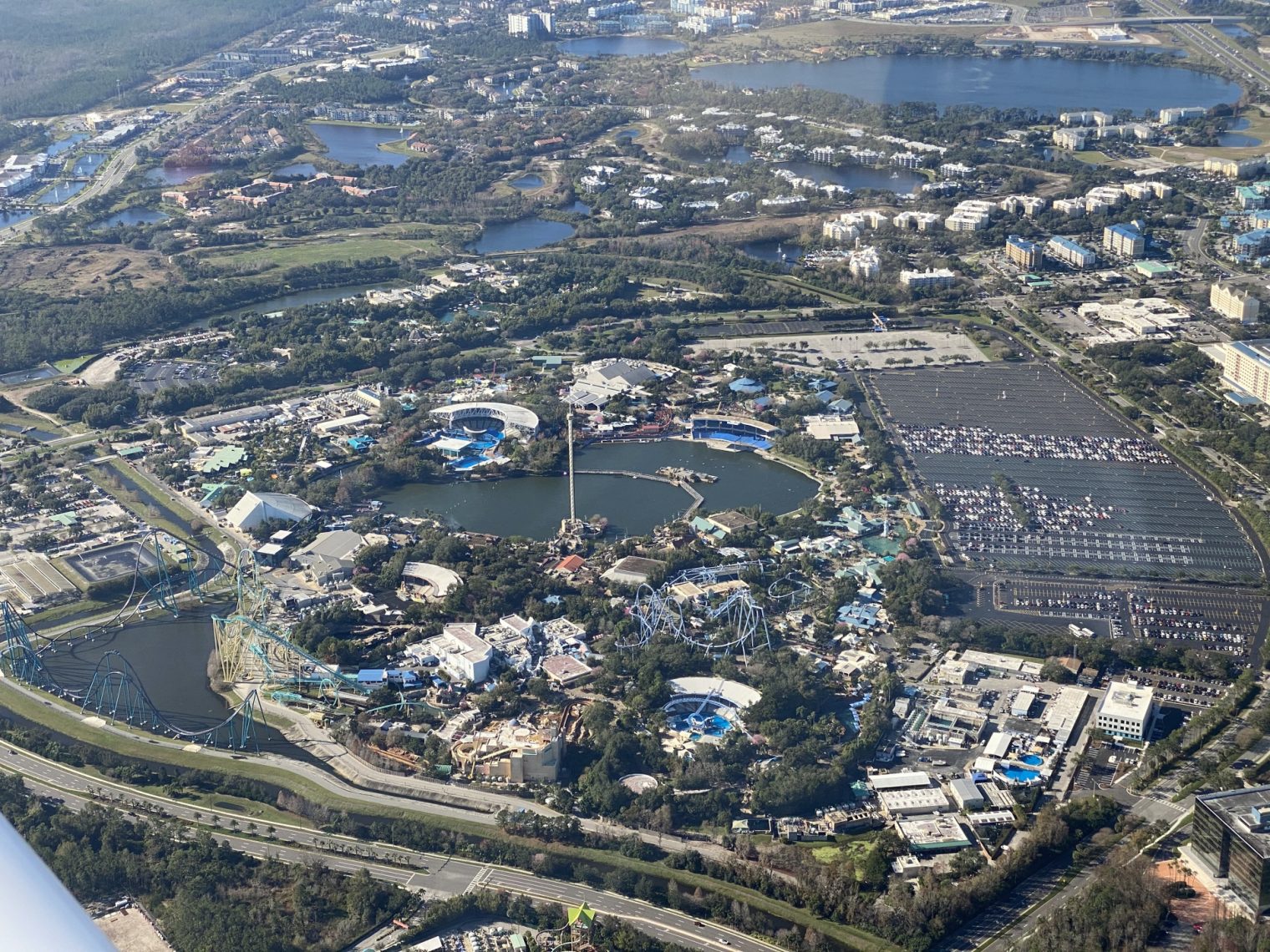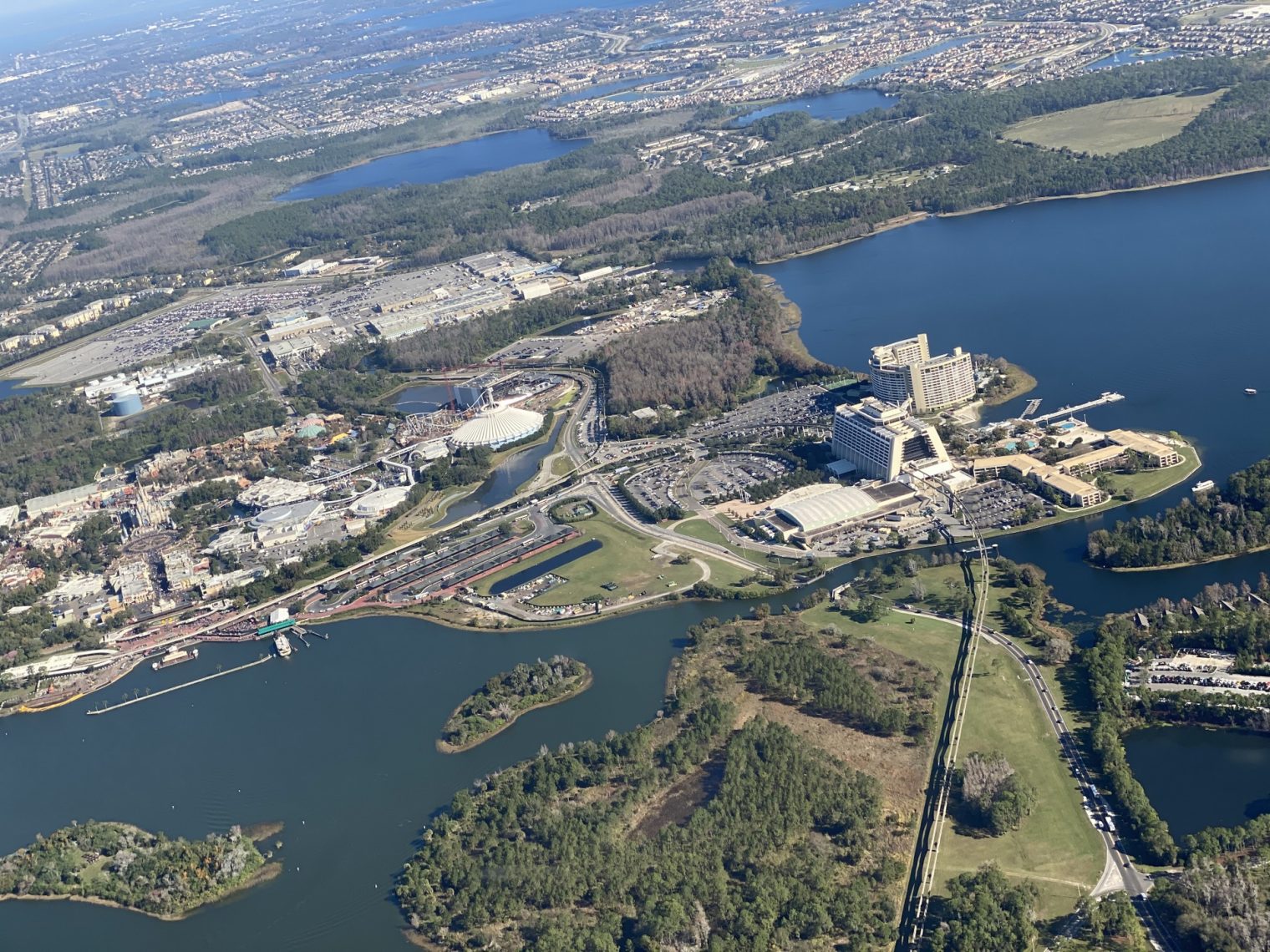Undocumented migrant population of U.S. jumps from 11 million to 19 million due to Coronavirus
For about 20 years, our official media tells us that there are 11 million undocumented residents of the U.S. But last week I was listening to NPR (temporarily bored by a lecture on 11th century Japanese history so tuned into the Channel of the Righteous as a last resort) and they casually used the number “19 million” in the context of how many people should get amnesty for violating U.S. immigration laws so that they would be encouraged to seek treatment for coronavirus and not kill all American natives. The 19 million number isn’t that different from the 22 million that Yale estimated in 2018, so it is not the number that is interesting but the radical jump from 11 million (when telling Americans not to believe Trump) to 19 million (when telling Americans about the risk of Trump policies designed to discourage the undocumented from getting on health care welfare).
Separately, as there is no treatment for coronavirus and hospitals at the time of the interview couldn’t order tests, it is unclear why anyone would want 19 million undocumented Americans to go to their nearest hospital.
(Is a constant number of undocumented plausible? To some extent, it might be. Most migrants arrive and have children in the U.S. Thus, 18 years later, the parents are entitled to a green card via chain migration (each legal immigrant will bring in an average of 3.45 additional migrants). On the other hand, with the recent migrant surge, the constant number over decades seems less plausible.)
Related:
Full post, including comments






